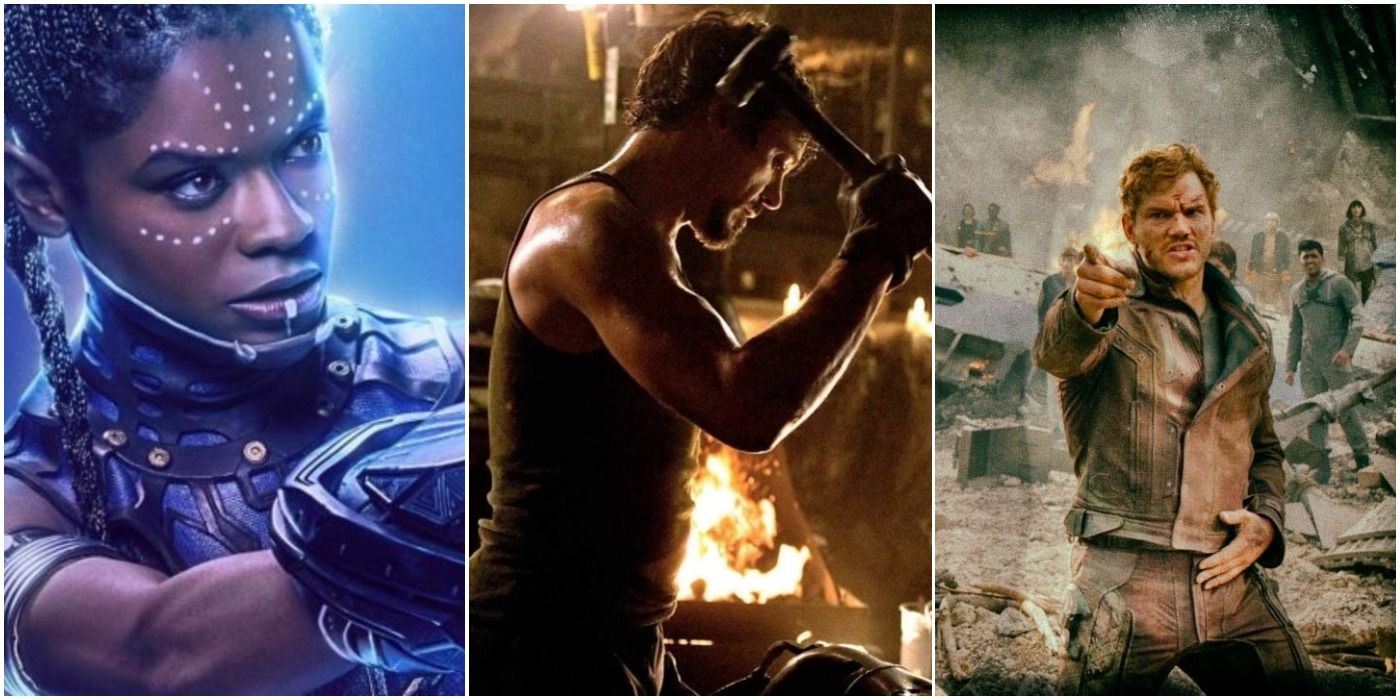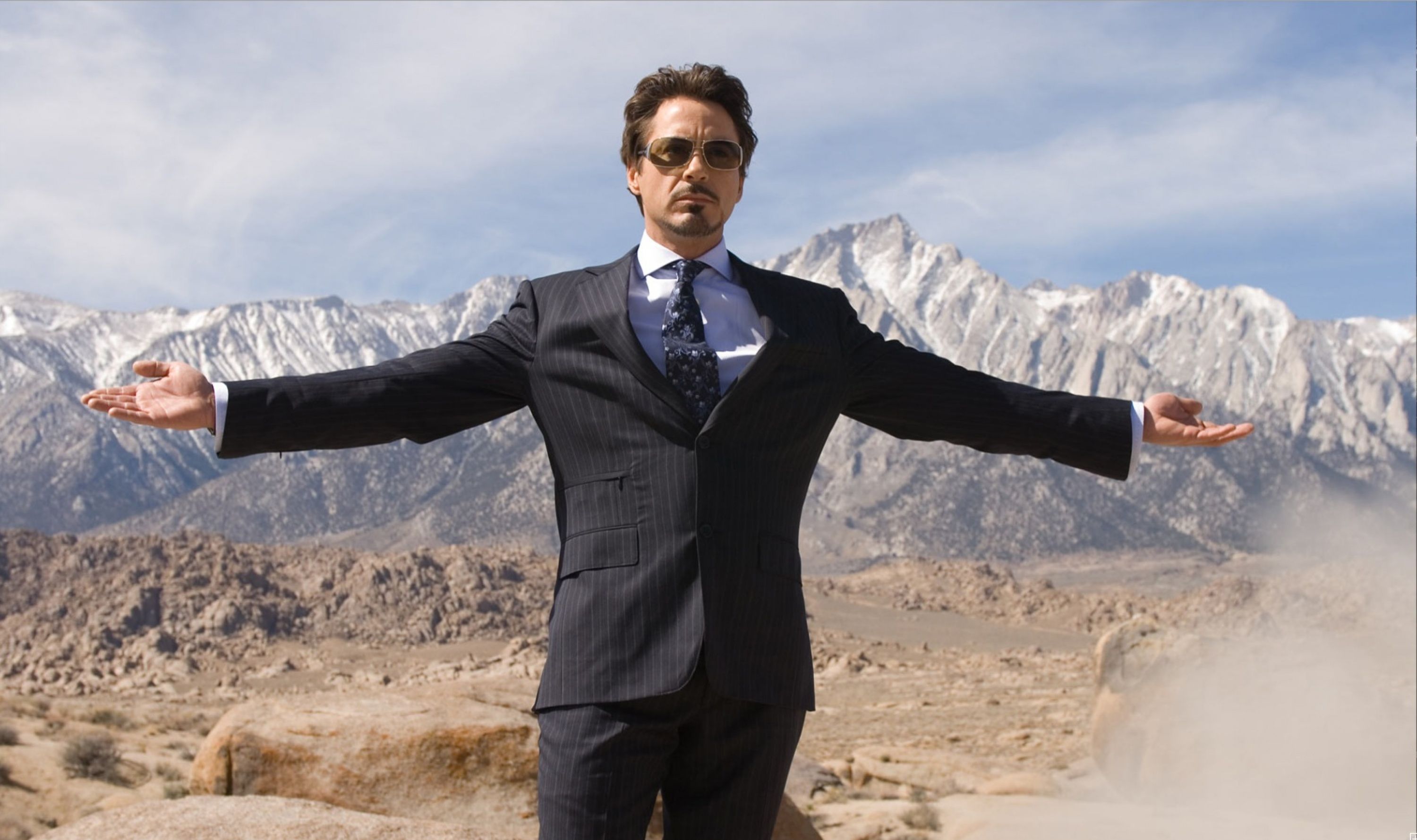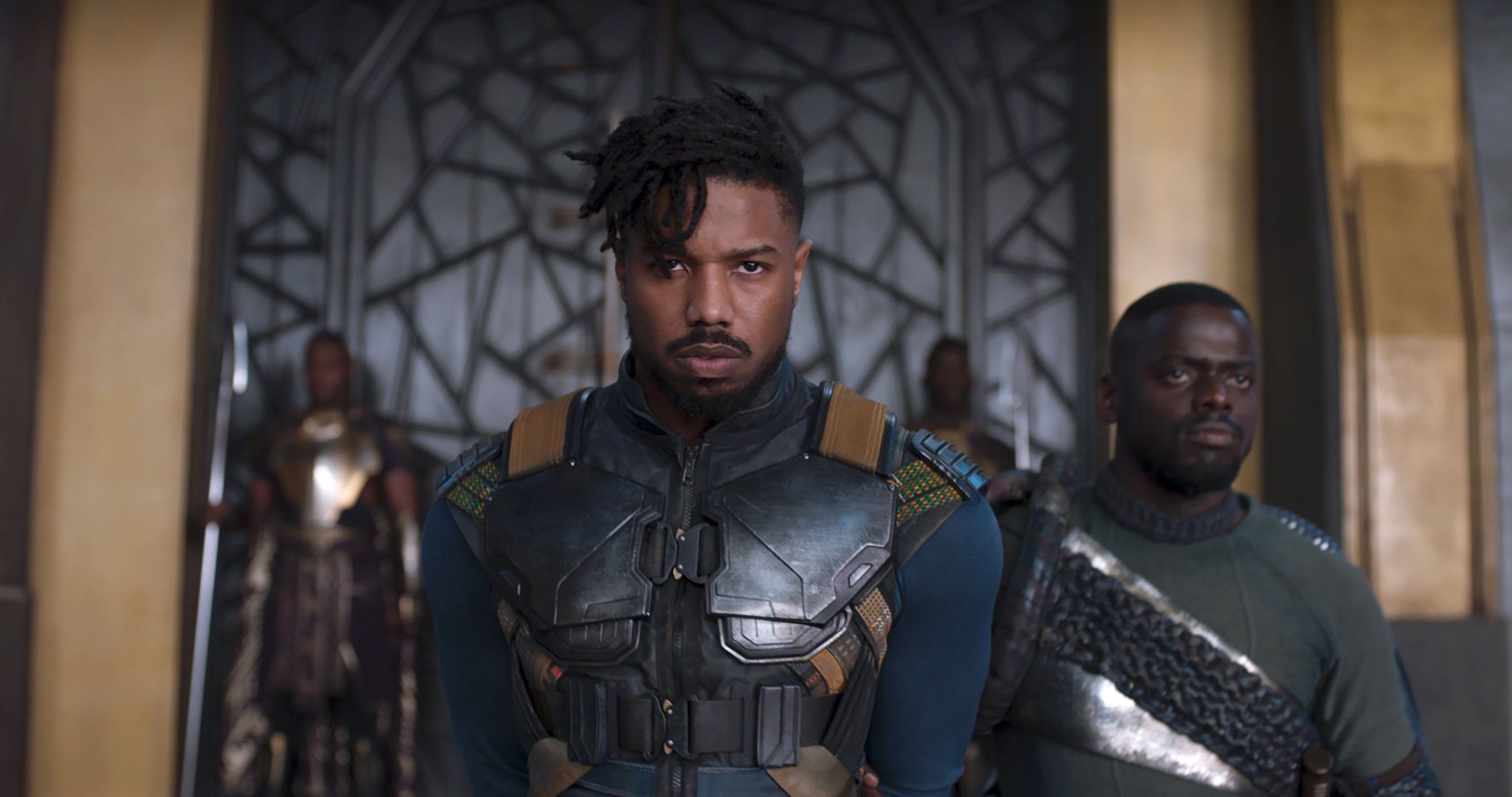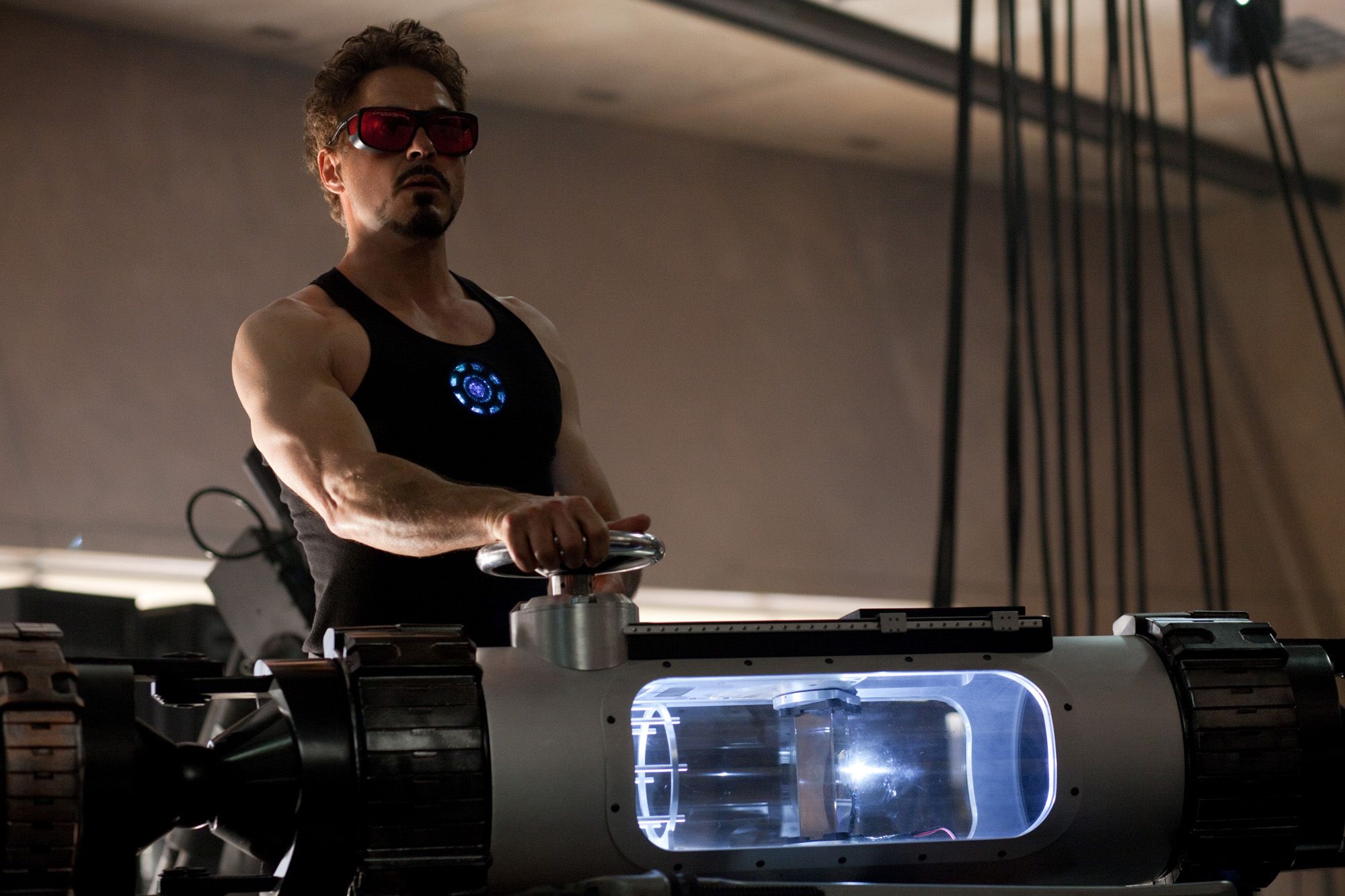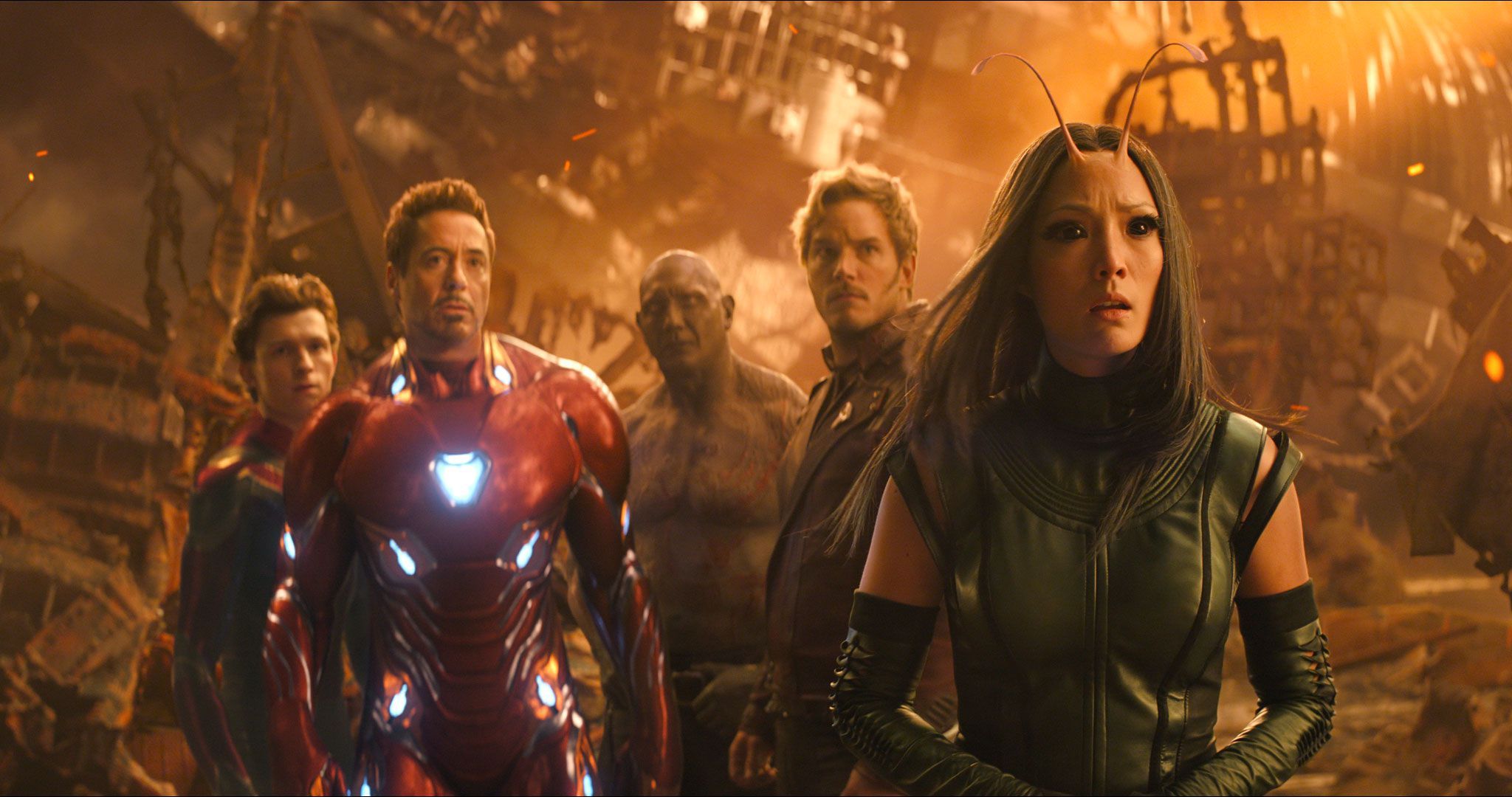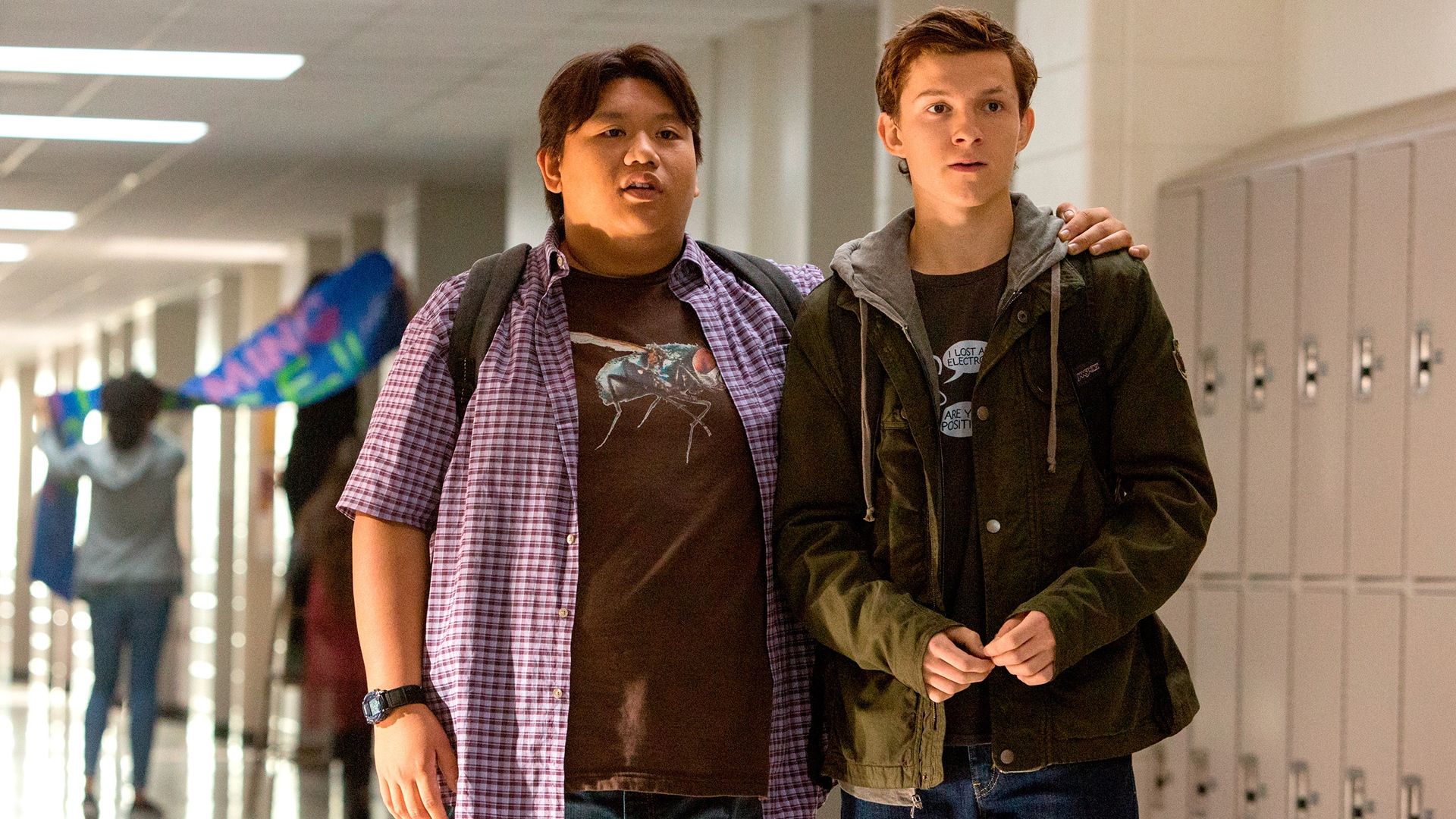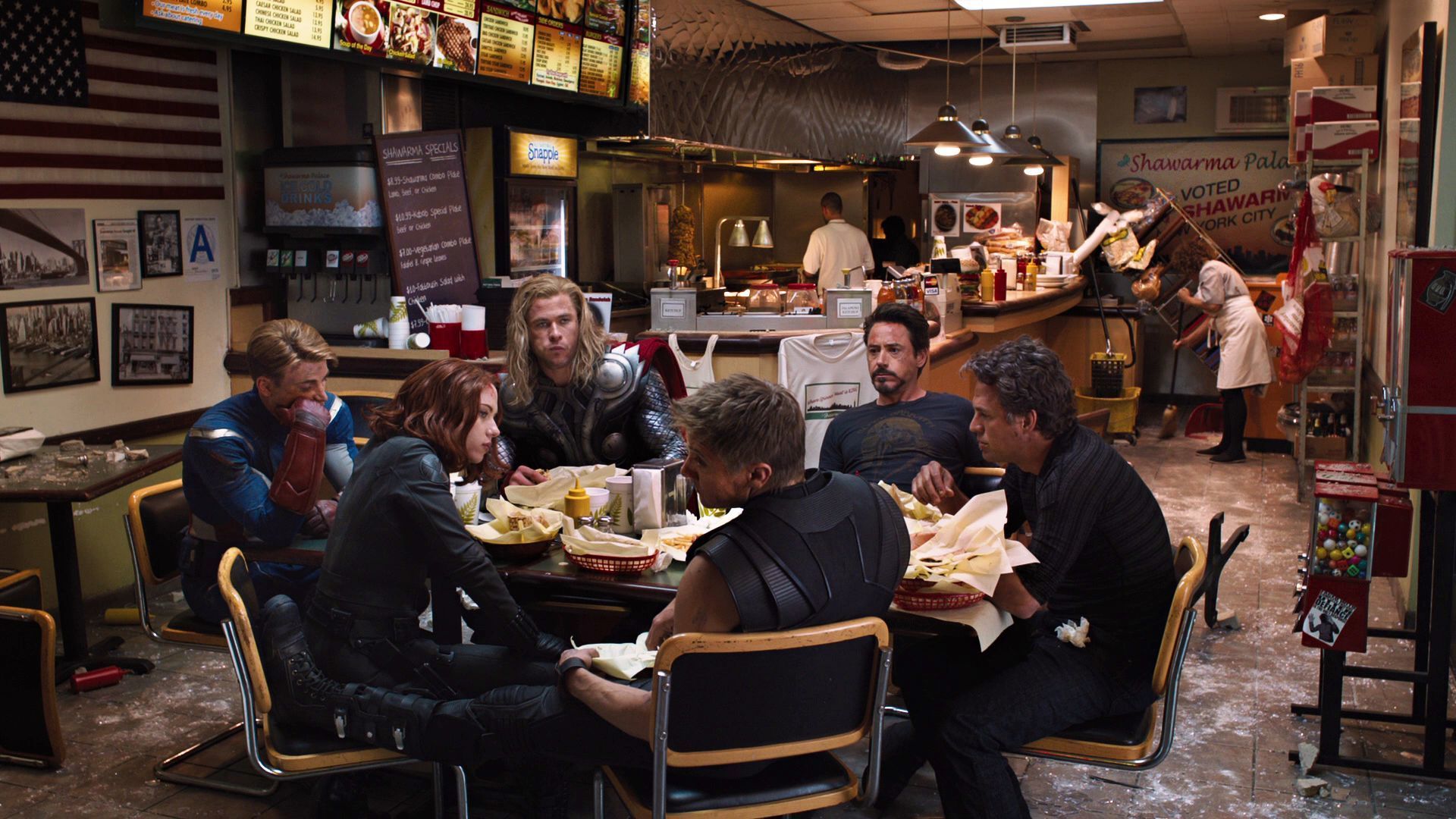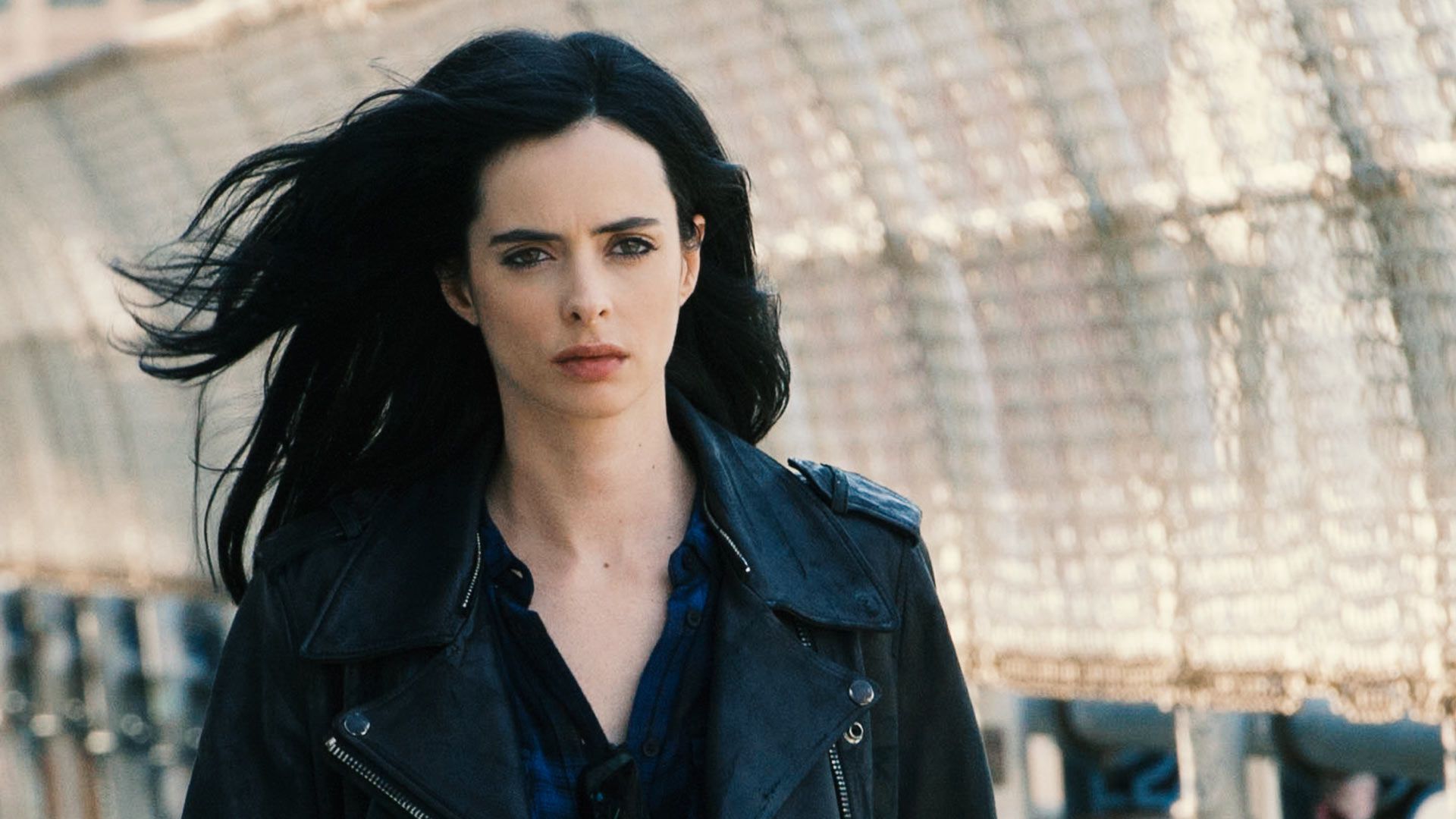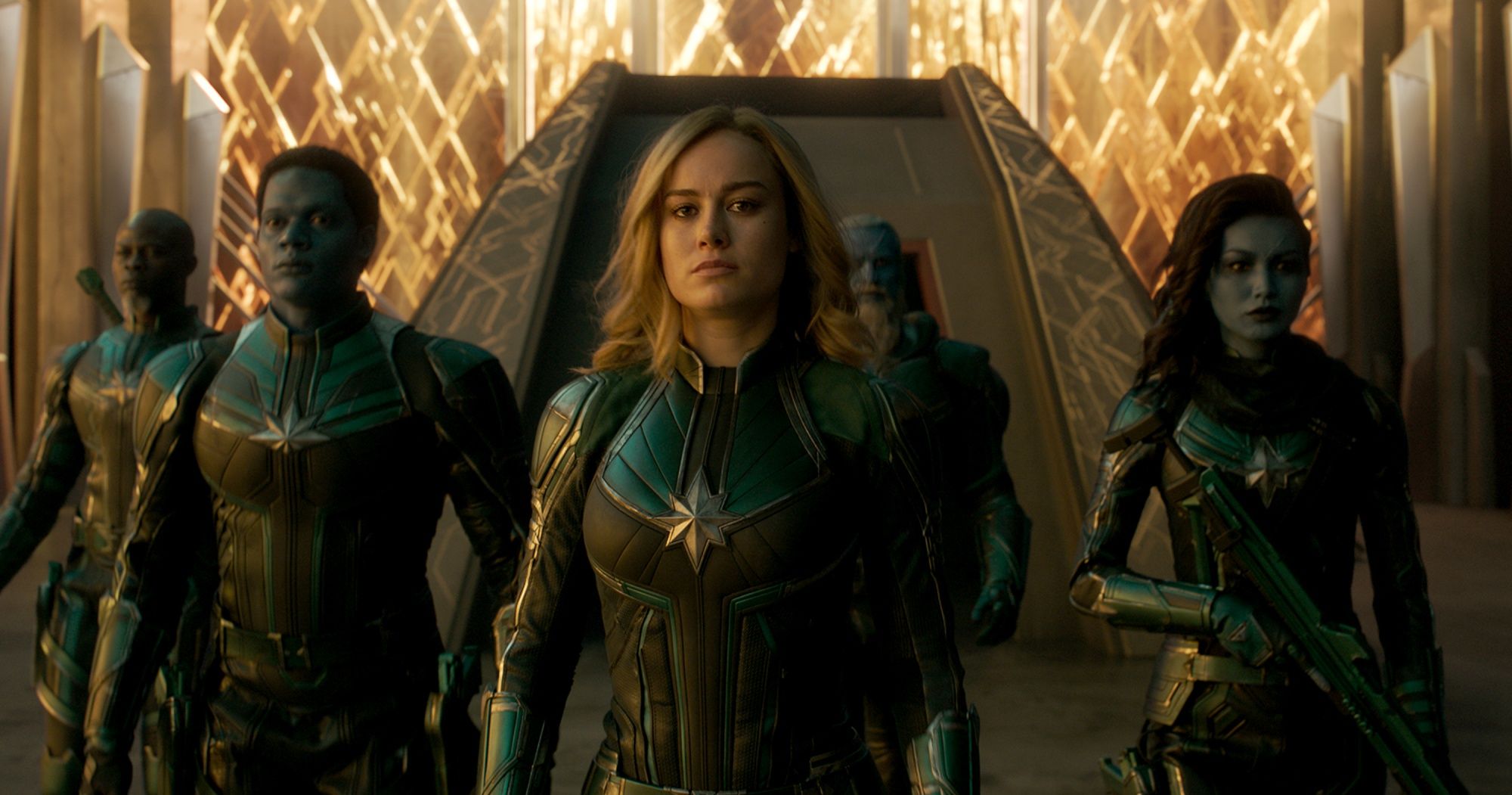It’s hard to overstate the cultural influence of the Marvel Cinematic Universe. From Halloween costumes to new baby names (prepare for a whole host of Gamoras in the next generation), Marvel’s superheroes have become a defining aspect of pop culture.
But one of the most significant effects the MCU has had on the modern world concerns its own medium— film. Ever since Iron Man premiered in 2008, Marvel had been changing the way people make and watch movies. From post-credits scenes to increased minority representation, the MCU’s impact on the world of cinema will be felt for generations.
Superheroes Are Cool
Back in the olden days, expressing an outward interest in comic books was a quick way to the bottom of the social ladder in high school. But in the modern world, liking superheroes is as normal as asking for an extra serving of guacamole with your tacos. Using a combination of pithy one-liners and perfectly-sculpted facial hair, the MCU turned comic book films into the highest-grossing genre in the world, forever changing the social status of superheroes.
Characters like Batman and Spider-Man did have their time on the big screens prior to Iron Man's debut in 2008, but it took the extended-universe format of the MCU to firmly cement superheroes in the foundations of pop culture. Nowadays, it's not just the central heroes like Captain America and Thor who are world-famous— it's also lesser-known characters like Jessica Jones, Vision and Scarlet Witch. Being a fan of superheroes isn't just normal— it's cool.
Minority Representation
With the overwhelming success of Black Panther in 2018, it became clear that minority representation on the big screens isn't just the right thing to do— it's what the world wants. People of all backgrounds turned out in droves to revel in the might of Wakanda, and Black Panther quickly became the highest-grossing superhero film of all time in the USA.
Marvel has been taking steps towards diversifying the MCU in recent years, casting Tessa Thompson as Valkyrie (a heroine who was white and blonde in the comics) and cementing Brie Larson's Captain Marvel as a strong, fully-clothed female lead unencumbered by romantic side plots. Although it took Marvel a heck of a long time to get here (*cough* ten years *cough*), the MCU is finally heading in a more inclusive direction, setting an example for the rest of Hollywood to follow.
Science In Film
If audiences had to pick between listening to a lecture on the nuances of particle physics and watching the Hulk smash through Manhattan, they'd probably pick the latter. But the MCU has managed to bridge the worlds of action and science, presenting not just superheroes as cool, but also the nerdy alter-egos behind the masks. From Princess Shuri's technological innovations in Wakanda to Peter Parker's self-made webbing, many of the central characters of the MCU have saved the world using science.
From The Martian to The Big Bang Theory, many films and TV shows have contributed towards the popularization of science in Hollywood, but it's hard to overstate the importance of Iron Man. Not only did Tony Stark become a superhero using nothing but his bulky brain, he did so while spitting witty one-liners and sporting perfectly quaffed hair. A genius engineer was starring in a summer blockbuster and showing the world that science could not only be cool, but also the central plot point of a high-grossing superhero movie.
The Extended Universe Format
Back in the olden days, if a film was successful, it got a sequel or a spin-off. But Marvel helped to pioneer a new format for storytelling, creating an entire cinematic universe in which all of its films take place.
Every addition to the Marvel lineup explores a new aspect of the shared universe, and although the different films often feature varying characters and can even take place in different decades, they’re all united by a grand, overarching storyline (and cheeky cameos). This form of storytelling has strongly influenced the world of cinema, and many other franchises have attempted similar models.
Pop Culture References
Part of the MCU’s appeal is that it’s full to the brim with pop culture references, from Star Lord’s obsession with Footloose to Peter Parker’s monologues about “really old movies” like Star Wars and Alien. Many films pile on pop culture references, but there's something about the way the Marvel films do it that is unique within the world of cinema.
Referencing pop culture may seem to have little purpose other than comic relief, but it actually serves to humanize characters. When characters casually quote Star Wars or The Breakfast Club, they show that they're just like us— or, in other words, they too have watched fan-favorite films so many times over that they can quote them by heart. Normally, characters in science fiction films are far too busy fighting space battles or reprogramming alien technology to spare time for chit chat about Kevin Bacon. But in the MCU, no hero is above a pop culture reference, even when the fate of the universe is at stake. Although it may not have invented the pop culture reference, the MCU has shown that casual discussion of Footloose does have a place in science fiction films.
Post-Credits Scenes
Before the advent of the MCU, most people just left after a movie ended. But nowadays, if you start shuffling out of your row during the end-credits of a Marvel film, people will look at you with as much disdain as they did Star Lord after Avengers: Infinity War (the jury's still out on whether he'll ever be forgiven).
The MCU popularized post-credits scenes, with every film including small bits of unseen footage stashed somewhere in the end credits. Sometimes, the clips reveal plot points of future films. Other times, they offer closure to unaddressed aspects of the MCU. And occasionally, they feature six heroes chowing down on shawarma in a comfortable, post-world-saving silence. All types are well-worth waiting through the credits to see.
Television Shows
In the last decade, the Marvel Cinematic Universe has ventured out of the cinemas and onto our TV screens, proving that both modes of storytelling have a place in its shared universe. The story of the MCU has been told in both formats, with popular movies like The Avengers and Captain America: Civil War advancing the main plot lines, and television shows like Daredevil and Agents of S.H.I.E.L.D. fleshing out the extended universe and more minor characters.
Marvel has proven that the two different mediums can work together to build something greater than what either can accomplish alone (sounds like a lesson straight out of The Avengers, doesn't it?).
Social Commentary
Ten years ago, the idea of a summer blockbuster dealing with real-world issues like racism and sexism would have seemed as unlikely as Drax achieving invisibility. But the MCU has taken strides towards creating action-adventure flicks that aim to not only entertain audiences but also encourage reflection upon the issues that plague modern society. Black Panther demonstrated the effects of racism, Spider-Man: Homecoming showed how poverty can drive people to extreme measures, and Captain Marvel explored how sexism can affect a person's life.
Spider-Man: Into The Spiderverse followed a similar formula to the MCU movies, thrilling audiences with different dimensions and compelling plot twists, all while offering commentary on the issue of minority representation within the media. Nowadays, superhero films are held to a higher standard, with audiences expecting more from their heroes than just superpowers.

